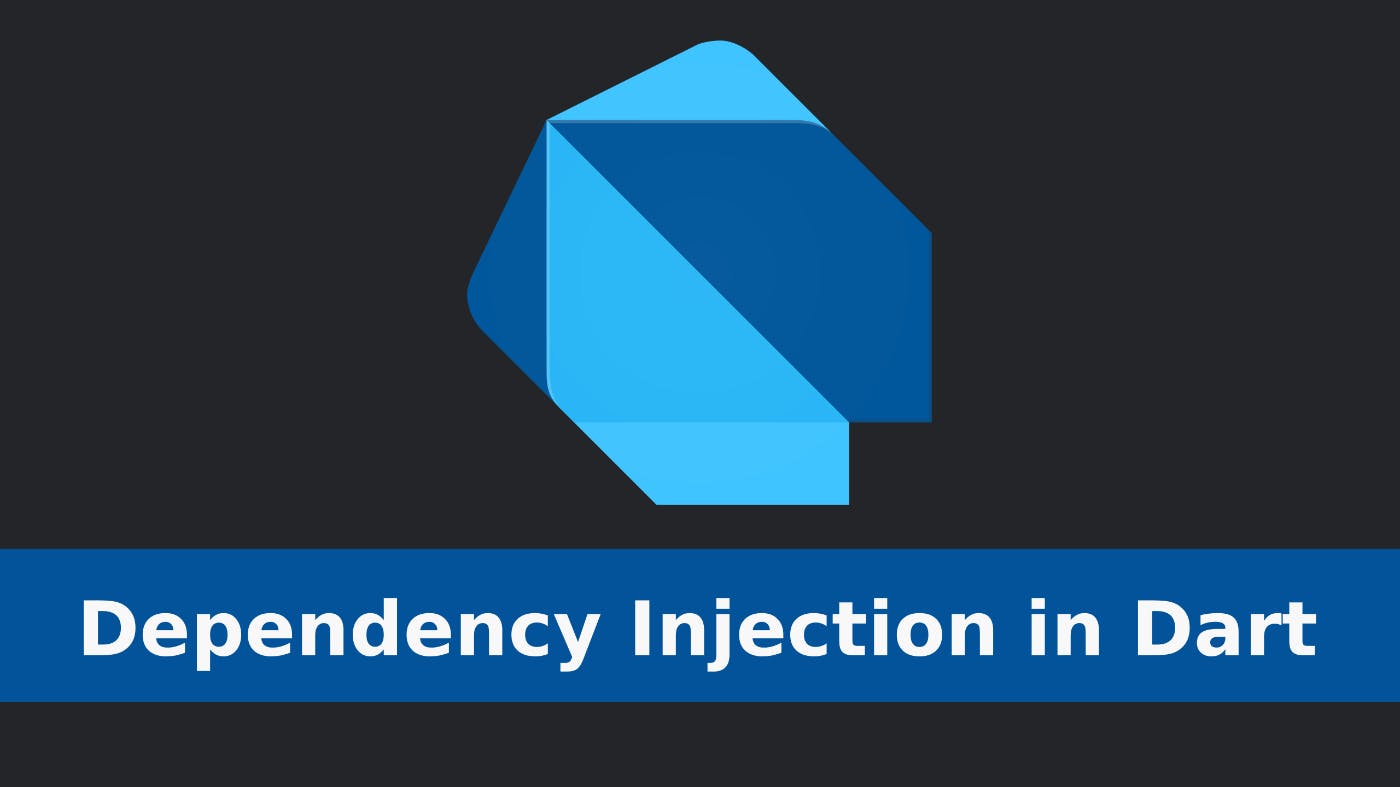What are Dependencies?
In computer science, a dependency occurs when one component (class, module, etc.) relies on the functionality of another component to operate correctly. For example, a Laptop component depends on a Battery component to provide power.
Dependency Injection
Dependency Injection (DI) is a powerful technique that helps manage dependencies between components. Instead of a component directly creating the objects it depends on, those dependencies are provided (“injected”) from the outside.
This leads to several key benefits.
Consider the Laptop and Battery scenario. Here's a contrast between traditional instantiation and using Dependency Injection:
Advantages of Dependency Injection:
-
Improved Testability: DI makes unit testing a breeze. You can easily replace a real dependency with a mock or stub during testing, allowing you to isolate the component you’re testing and focus on its specific logic.
-
Loose Coupling: Your classes don’t have to be tightly bound to specific implementations of their dependencies. This means pieces of your code become more independent, leading to better maintainability.
-
Flexibility: You can easily change the underlying implementations of dependencies without breaking the classes that use them. For example, switching from a database logger to a file logger becomes a simple configuration change.
-
Reusability: Since components are not responsible for creating their dependencies, they become more reusable in different contexts.
Disadvantages of Dependency Injection:
-
Increased Complexity: Introducing DI, especially when done manually, can add a layer of complexity to your code with more classes and interfaces to manage.
-
Boilerplate Code: Some DI setups can involve writing a decent amount of code for object creation and dependency wiring, though this can be mitigated with DI frameworks.
-
Overuse: It’s possible to overuse DI, even in cases where it provides minimal benefit. This can lead to unnecessary complexity.
When to implement Dependency Injection in Your Project?
- Testability: When you prioritize extensive unit testing, DI is a godsend, allowing you to isolate components and test them independently.
- Flexibility: If you anticipate needing to swap out implementations (like switching databases, logging mechanisms, or external services), DI provides a seamless way to do so.
- Long-term maintainability: When you want to minimize the ripple effects of changes, making your code more robust over time, DI fosters loose coupling and promotes long-term health.
- Code reusability: If you want to write components that are highly reusable in different contexts, DI keeps them free from directly managing their dependencies.
Types of Dependency Injection
1. Constructor Injection
How it works:
- The Laptop class requires a Battery dependency to be provided when it's constructed. This ensures the Laptop always has a functional battery.
2. Setter Injection
How it works:
- The Laptop can function without a battery initially.
- The battery setter method allows you to inject the dependency later.
3. Interface Injection
How it works:
- An external injector would call inject to provide the battery.
Additional Considerations & Techniques
1. Ambient Context
How it works:
- A global class AmbientContext acts as storage for dependencies.
- Before use, the context is initialized (e.g.,
AmbientContext.initialize(batteryInstance)).
- The Laptop class retrieves the Battery dependency directly from the AmbientContext when needed.
2. Service Locator
How it works:
- A ServiceLocator class acts as a central registry for dependencies.
- Dependencies are registered with the locator (e.g.,
ServiceLocator().register<Battery>(batteryInstance)).
- The Laptop class queries the ServiceLocator to retrieve the Battery dependency when needed.
Also published here


